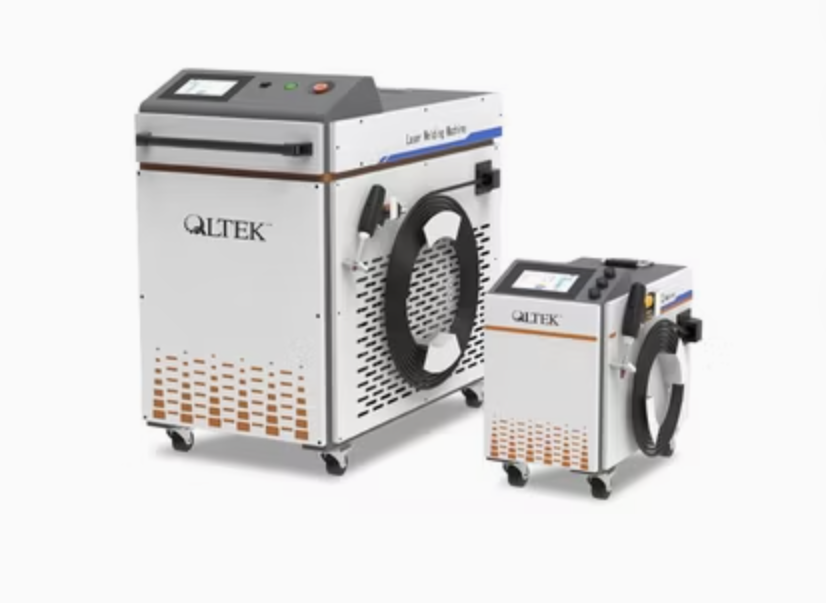
Posted on Monday, November 25, 2024
Welding plays a crucial role in industries ranging from construction to automotive and manufacturing. However, welding equipment, no matter how advanced, can encounter issues that disrupt workflows, increase costs, and compromise quality. This blog dives into common welding equipment problems, their causes, and actionable solutions. We’ll also include a helpful question-and-answer section and address frequently asked "what is" and "what are" questions about welding troubleshooting.
What is welding equipment troubleshooting?
Welding equipment troubleshooting is the process of identifying and resolving issues that arise with welding machines, consumables, and processes. It ensures consistent performance and minimizes downtime.
What are common welding equipment problems?
Common welding equipment problems include inconsistent arcs, excessive spatter, wire feeding issues, overheating, porosity in welds, and weak or brittle welds.
Q1: How often should welding equipment be maintained?
A: Welding equipment should be maintained regularly based on usage. For heavy-duty operations, inspect and service equipment monthly. For moderate use, a quarterly inspection is sufficient.
Q2: Why is my welding arc not starting?
A: This could be due to a poor ground connection, worn electrode tips, or incorrect power settings. Check the grounding clamp, replace the electrode, and ensure the machine settings match the welding process.
Q3: What can I do to prevent porosity in welds?
A: To prevent porosity, clean the base material, ensure proper shielding gas flow, and avoid welding in environments with drafts or wind that may disperse the gas.
Q4: My welding machine keeps shutting down. What should I do?
A: Ensure the machine isn’t overheating by checking for blocked vents and operating it within its duty cycle. If the problem persists, have a technician inspect the cooling system.
Q5: Should I attempt to repair my welding machine on my own?
A: Basic troubleshooting, such as replacing consumables and cleaning, can be done by operators. For complex electrical or mechanical issues, it’s best to consult a professional technician.
Welding equipment issues are inevitable, but understanding their causes and solutions can help you address problems quickly and effectively. Regular maintenance, proper storage of consumables, and adherence to recommended operating procedures can minimize downtime and ensure long-lasting performance.
If you’re facing persistent issues or need expert advice, feel free to reach out. Leave your questions or share your troubleshooting tips in the comments below!

32/1000 Box Profile Roll Forming Machine – Complete Guide & Specifications
Posted on Sunday, November 16, 2025
High-performance 32/1000 box profile roll forming machine for roofing and cladding. Full specifications, profiles, applications, pricing

PBR / R-Panel Roll Forming Machine – Complete Guide & Specifications
Posted on Sunday, November 16, 2025
PBR / R-Panel roll forming machine for roofing and wall cladding. Full specs, profiles, applications, pricing, and global buying guide. Built to order.

Posted on Sunday, November 16, 2025
How to Diagnose and Fix the Hidden Electrical Problems That Cause Downtime
Copyright 2025 © Machine Matcher.